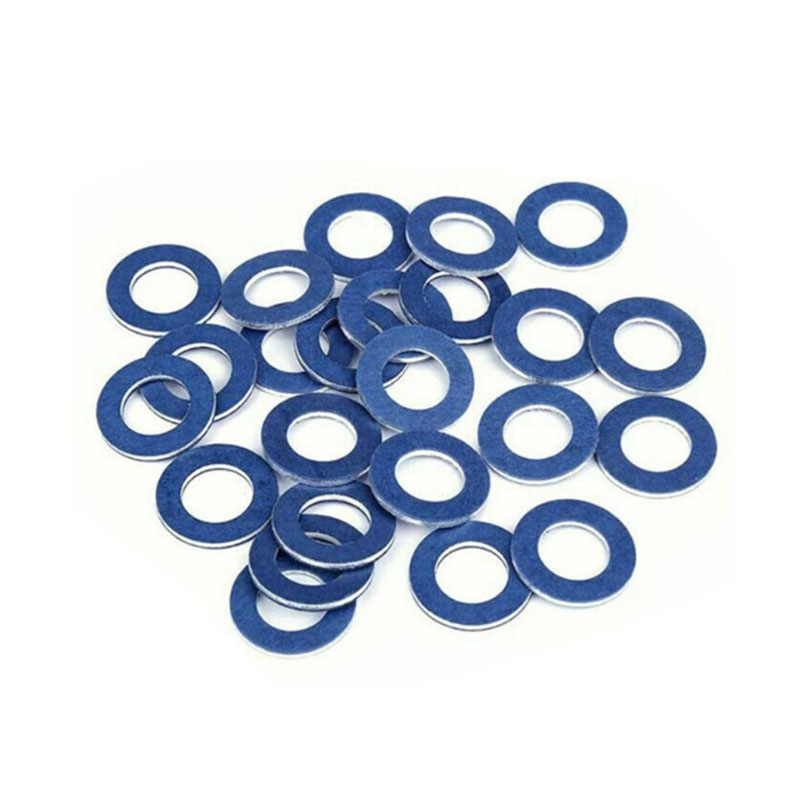high pressure shaft seals
Understanding High Pressure Shaft Seals
High pressure shaft seals are critical components in various industrial applications, ensuring the integrity of systems that operate under significant pressure. These seals prevent leakage of fluids and gases along rotating shafts in machinery such as pumps, compressors, and turbines. The importance of high pressure shaft seals cannot be overstated, as they play a pivotal role in maintaining operational efficiency, safety, and overall system reliability.
The Function and Importance of High Pressure Shaft Seals
The primary function of a high pressure shaft seal is to contain the fluid within the rotating assembly while allowing for smooth rotation. They are designed to withstand extreme pressures and are often subjected to challenging conditions, such as temperature fluctuations and exposure to corrosive materials. Effective seals minimize wear and tear on components, reduce contamination risks, and improve energy efficiency by preventing leaks that can lead to loss of pressure.
High pressure seals are commonly used in various applications, including hydraulic systems, industrial machinery, and automotive engines. In hydraulic systems, for example, they ensure that hydraulic fluids remain contained, thus enabling efficient operation and reducing the risk of leaks that can cause system failures. Similarly, in automotive applications, seals are essential for maintaining oil pressure and preventing leakage of engine oils, thereby enhancing engine performance and longevity.
Types of High Pressure Shaft Seals
There are several types of high pressure shaft seals, each designed for specific applications and operating conditions. Common types include mechanical seals, lip seals, and O-rings.
high pressure shaft seals

1. Mechanical Seals These are widely used in pumps and compressors, featuring a two-part design that creates a tight seal through the use of springs and friction. They offer excellent leak prevention and are highly reliable in high-pressure environments.
2. Lip Seals These seals consist of a flexible lip that presses against the shaft. They are simple in design and effective in a variety of applications, providing a reliable barrier against fluid leakage.
3. O-Rings Although often used in lower pressure applications, specific O-ring materials can be utilized in high-pressure settings. They are placed in grooves and provide a tight seal when compressed between two mating surfaces.
Challenges and Considerations
While high pressure shaft seals are essential for optimal machinery performance, they are not without challenges. Ensuring compatibility with the fluid being sealed is crucial, as certain materials can degrade over time when exposed to specific chemicals. Additionally, factors such as shaft misalignment and wear can compromise seal integrity, leading to leaks and increased maintenance costs.
In summary, high pressure shaft seals are vital components that ensure the proper functioning of machinery across numerous industries. By selecting the appropriate type of seal and considering the operational environment, businesses can enhance their mechanical systems' efficiency and durability, ultimately leading to lower operational costs and increased reliability. Understanding these seals' role, types, and potential challenges is essential for anyone involved in industrial operations or equipment maintenance.
-
The Ultimate Guide to Boat Propeller Bearings and Trailer Wheel Bearings
News Jul.31,2025
-
The Essential Guide to Marine Bearings and Boat Trailer Wheel Bearings
News Jul.31,2025
-
The Complete Guide to Heavy Duty Seals: Protecting Doors and Spaces Efficiently
News Jul.31,2025
-
Essential Guide to Marine Shaft Bearings and Boat Trailer Axle Bearings
News Jul.31,2025
-
Comprehensive Guide to Marine and Trailer Bearings for Safe Boating and Transport
News Jul.31,2025
-
Comprehensive Guide to Automotive Oil Seals: Protecting Your Engine and Shafts
News Jul.31,2025
-
Understanding Automotive Oil Seals: Essential Components for Engine and Shaft Protection
News Jul.30,2025
Products categories















